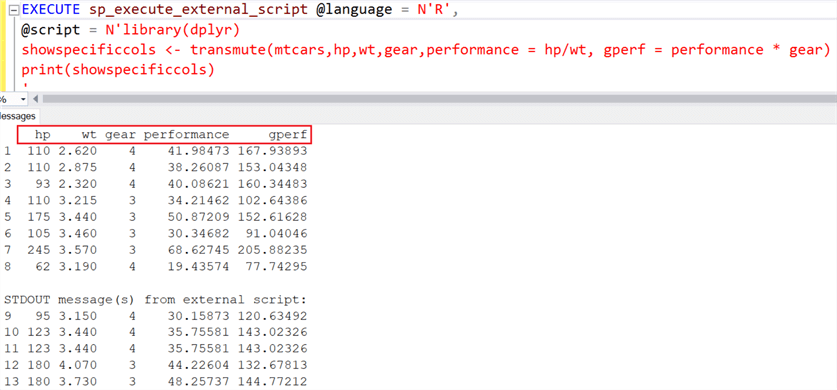

create a variable that we are calling pct_dem_2012_copy that is equal to (dem_2012/total_2012)*100 then.State_name county_name pct_dem_2012_copy pct_dem_2012 We can calculate the and mean and minimum, and maximum of the total number of votes for the democratic candidate in 2012 in one step using the summarize: While this may seem like a very abstract idea, something has simple as the sum, the smallest value, and the largest values are all summaries of a large number of values. The next common task when working with data is to be able to summarize data: take a large number of values and summarize then with a single value.

>= corresponds to “greater than or equal to”

You can combine multiple criteria together using operators that make comparisons: | corresponds to “or” filter the data frame so that only those where the total_2012 is greater than 100000 are included.I want to view all of the rows (counties) that cast more than 100,000 total votes in 2012.You are almost guaranteed to make the mistake at least once of only including one equals sign The double equal sign = for testing for equality, and not =.filter the data frame so that only those where the state_name equals “Michigan” are included.I want to view all of the rows (counties in this case) that have the state_name = Michigan.The filter function here works much like the “Filter” option in Microsoft Excel it allows you to specify criteria about values of a variable in your dataset and then chooses only those rows that match that criteria.arrange: Arrange/sort the rows based on one or more variablesĪll of the 5MVs follow the same syntax, with the argument before the pipe %>% being the name of the data frame, then the name of the verb, followed with other arguments specifying which criteria you’d like the verb to work with in parentheses.mutate: Create a new variable in the data frame by mutating existing ones.summarise: Create summary measures of variables either over the entire data frame or over groups of observations on variables using group_by.filter: Pick rows based on conditions about their values.A description of these verbs follows, with each subsection devoted to an example of that verb, or a combination of a few verbs, in action. The five most commonly used functions that help wrangle and summarize data. summarize this grouped data to calculate the mean for each level of the group.group_by another variable to create groups then.filter our data frame to only focus on a few rows then.The (%>%) operator allows us to go from one step to the next easily so we can, for example: The pipe operator can be read as “ then”. The pipe operator allows us to chain together data wrangling functions. The pipe (%>%)īefore we introduce the five main verbs, we first introduce the pipe operator (%>%). The text of this tutorial is taken largely from An Introduction to Statistical and Data Sciences via R.

This post was originally intended as a gentle introduction to the dplyr verbs for an undergraduate class on presidential elections.


 0 kommentar(er)
0 kommentar(er)
